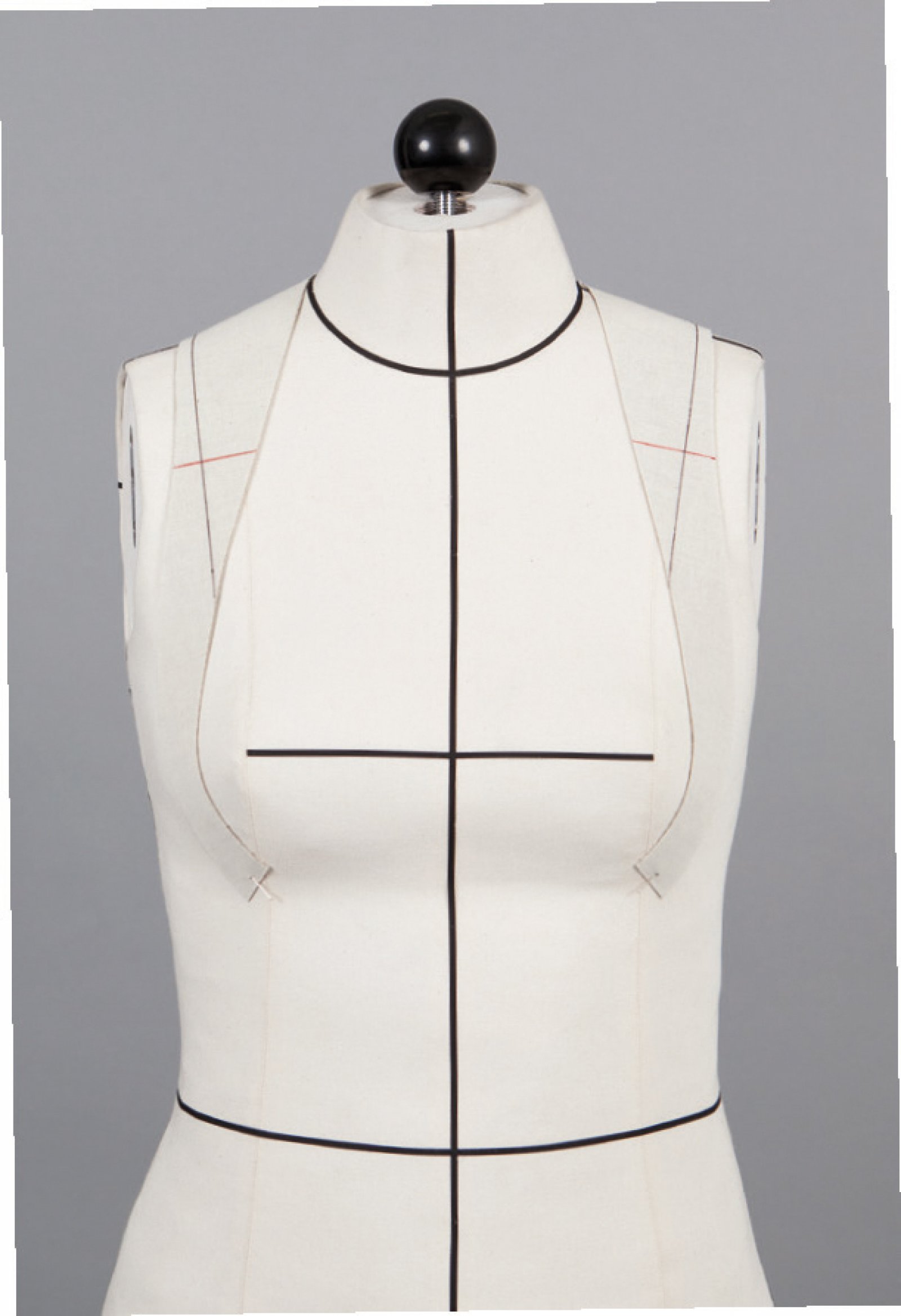Text We provide methods and tools to aid in the development and production of new shapes in dressmaking This component shows how to create individually basedcontemporary designs enabling a more precise fit for natural bodies By focusing on proportions and
We provide methods and tools to aid in the development and production of new shapes in dressmaking. This component shows how to create individually basedcontemporary designs, enabling a more precise fit for natural bodies. By focusing on proportions and molding fa- bric directly on the body, James devised new ways to drape the silhouette and create significant designs with a perfect fit. His work was uniquely sculptural because he invented new techniques for turning twodimensional fabrics into threedimensional forms.
We invite you to get an understanding of what made James’ designs so spe- cial and how his innovative principles and technical achievements can be applied today.



































